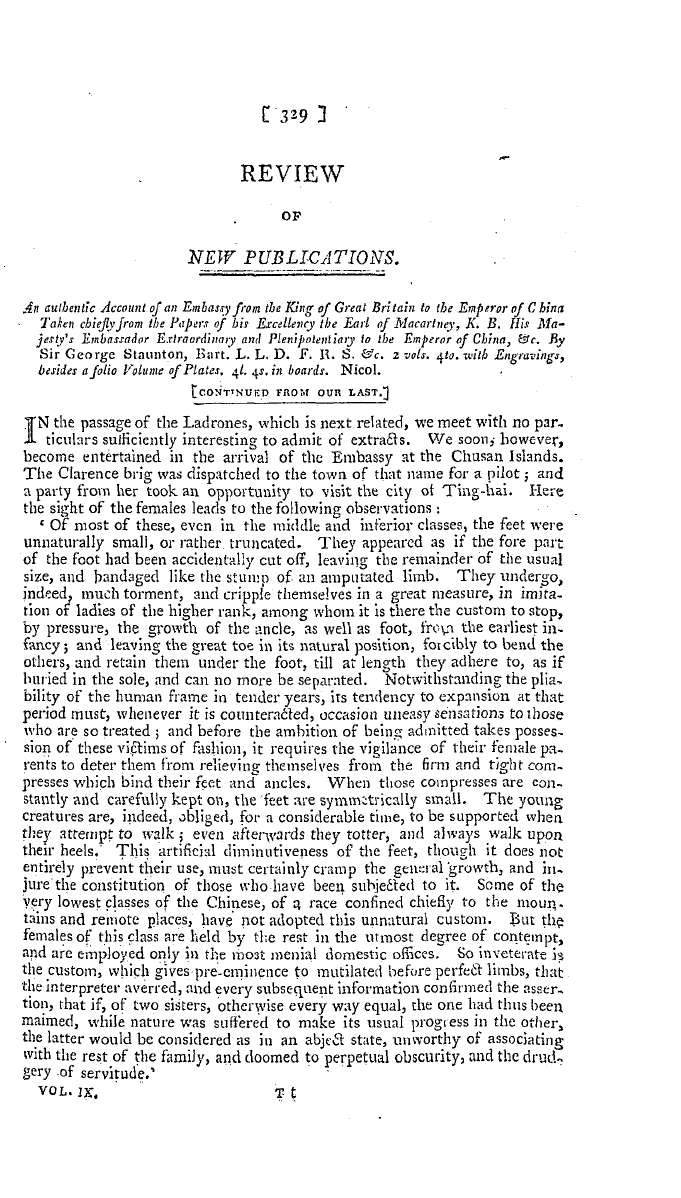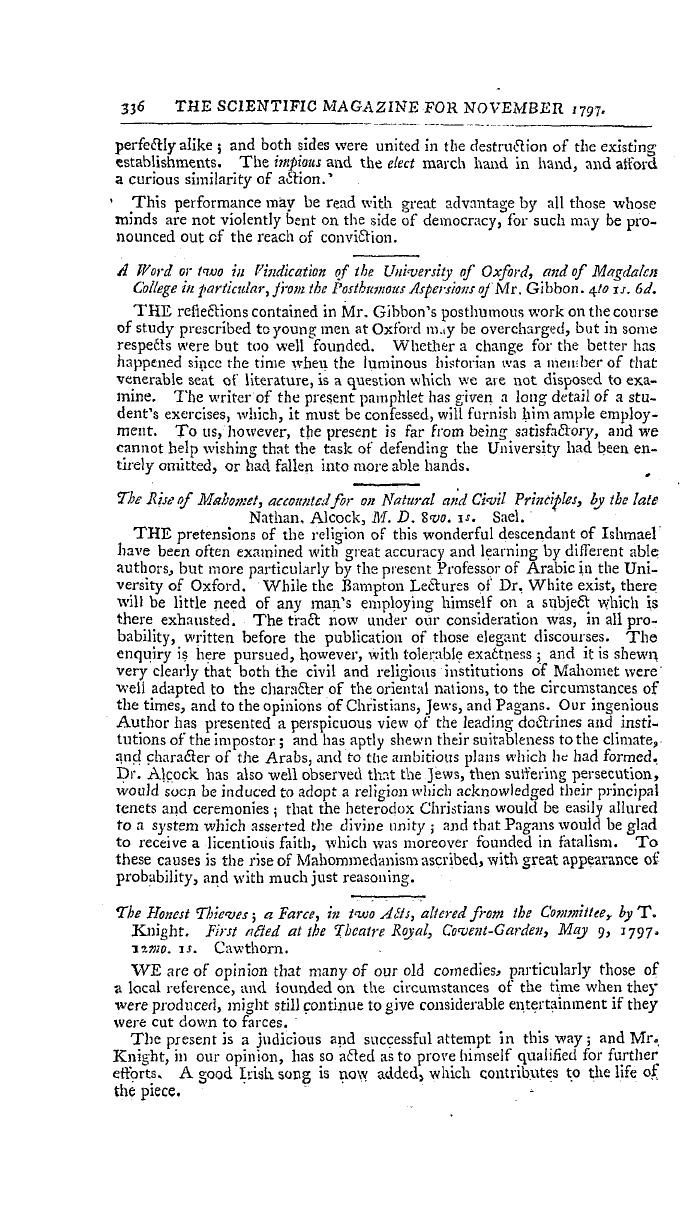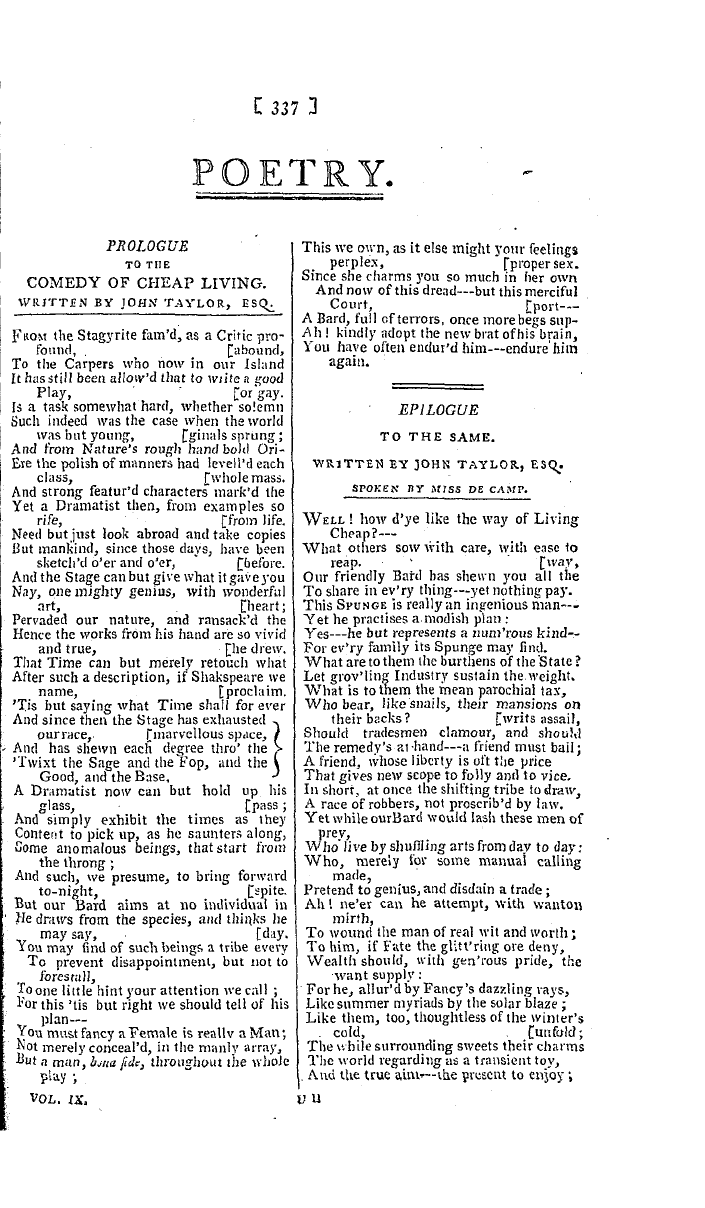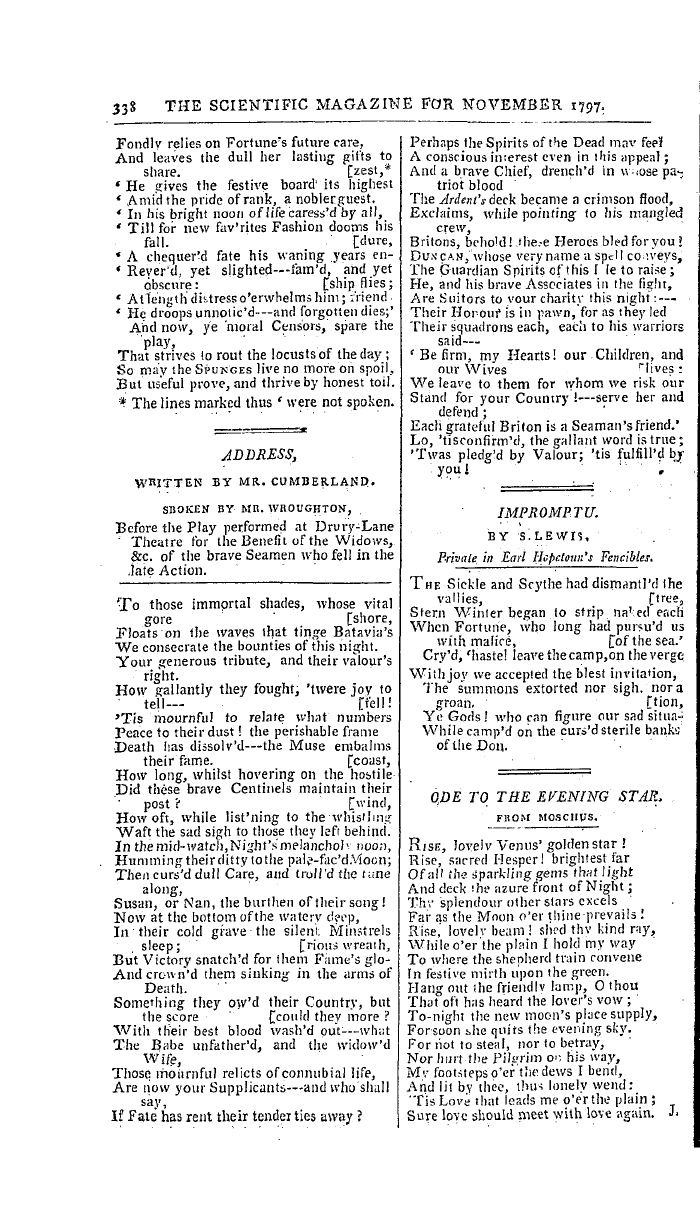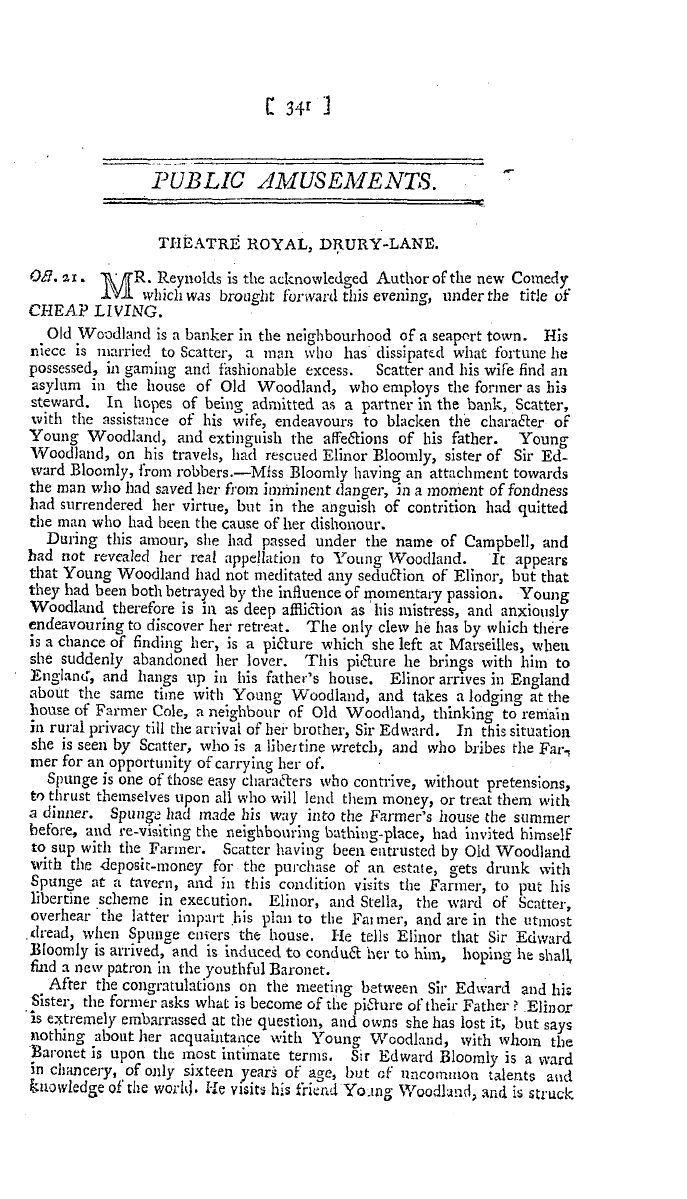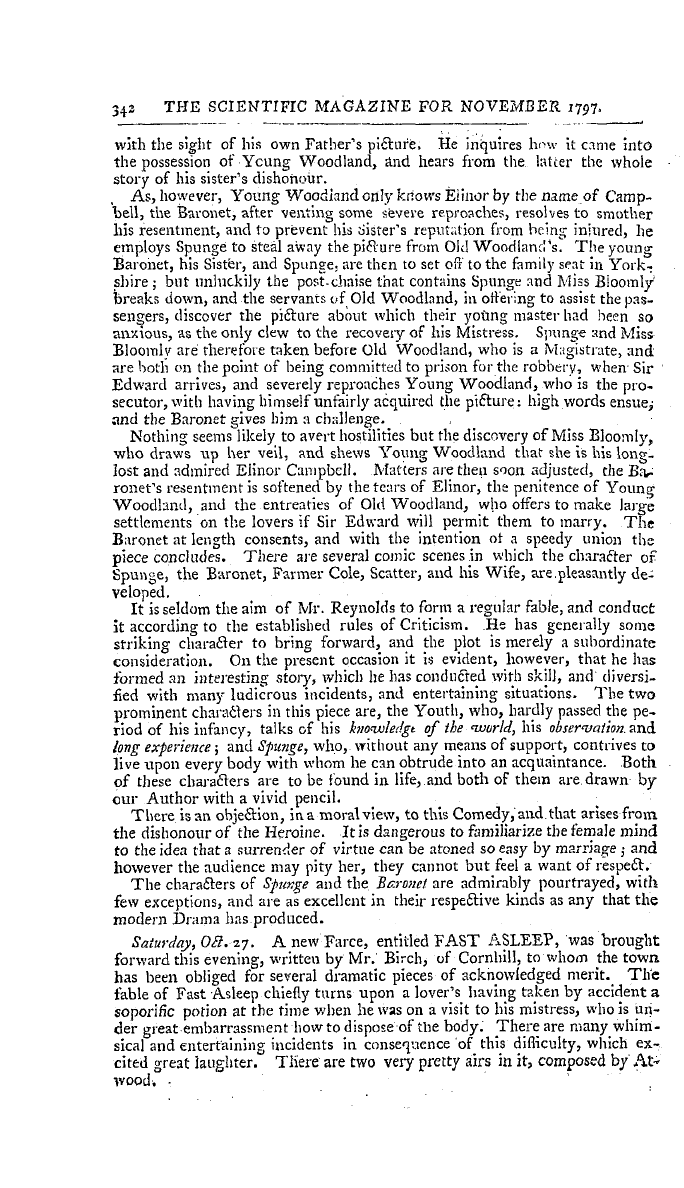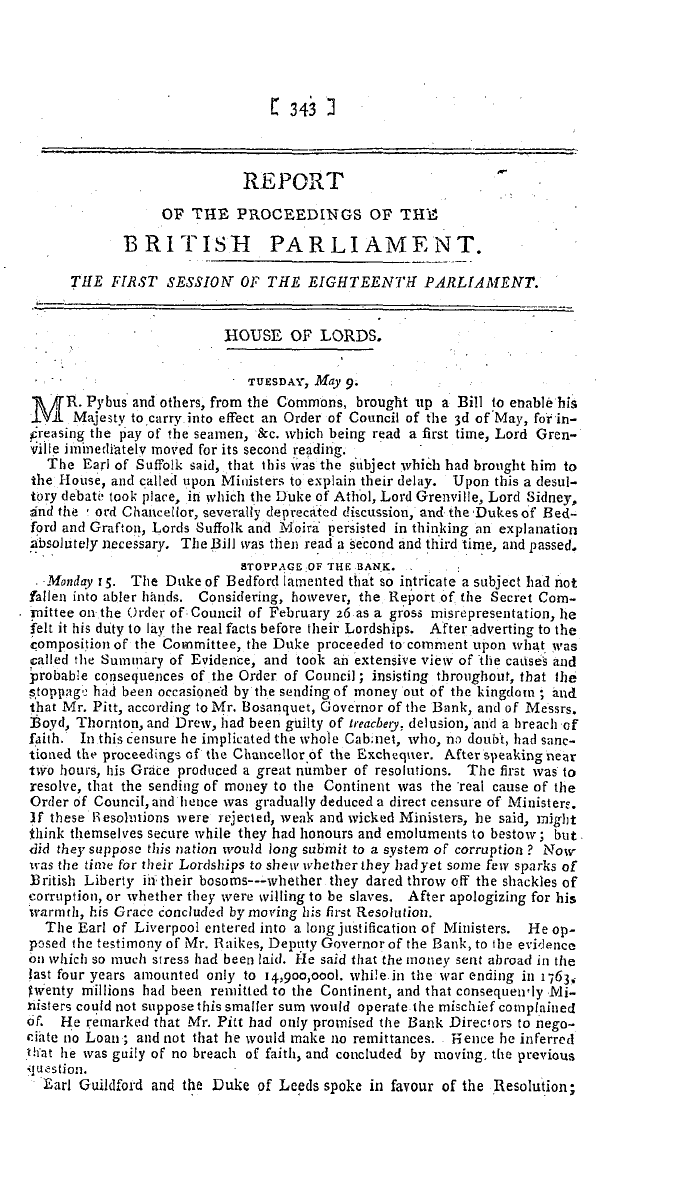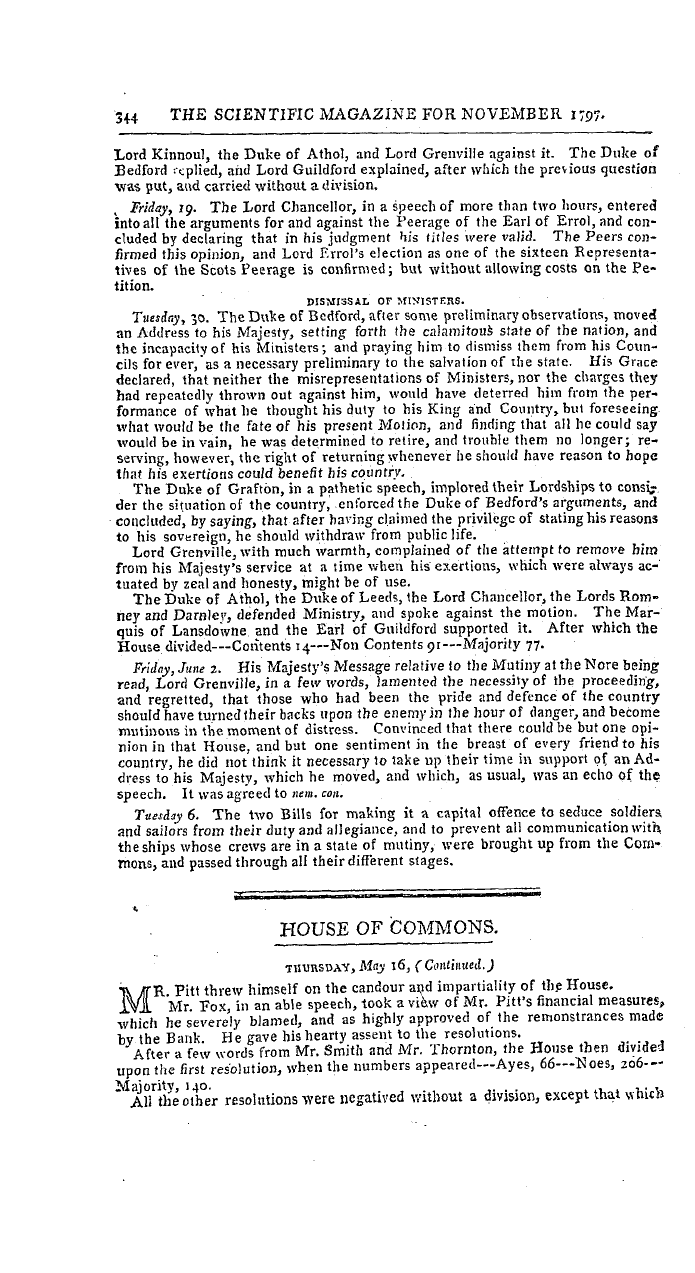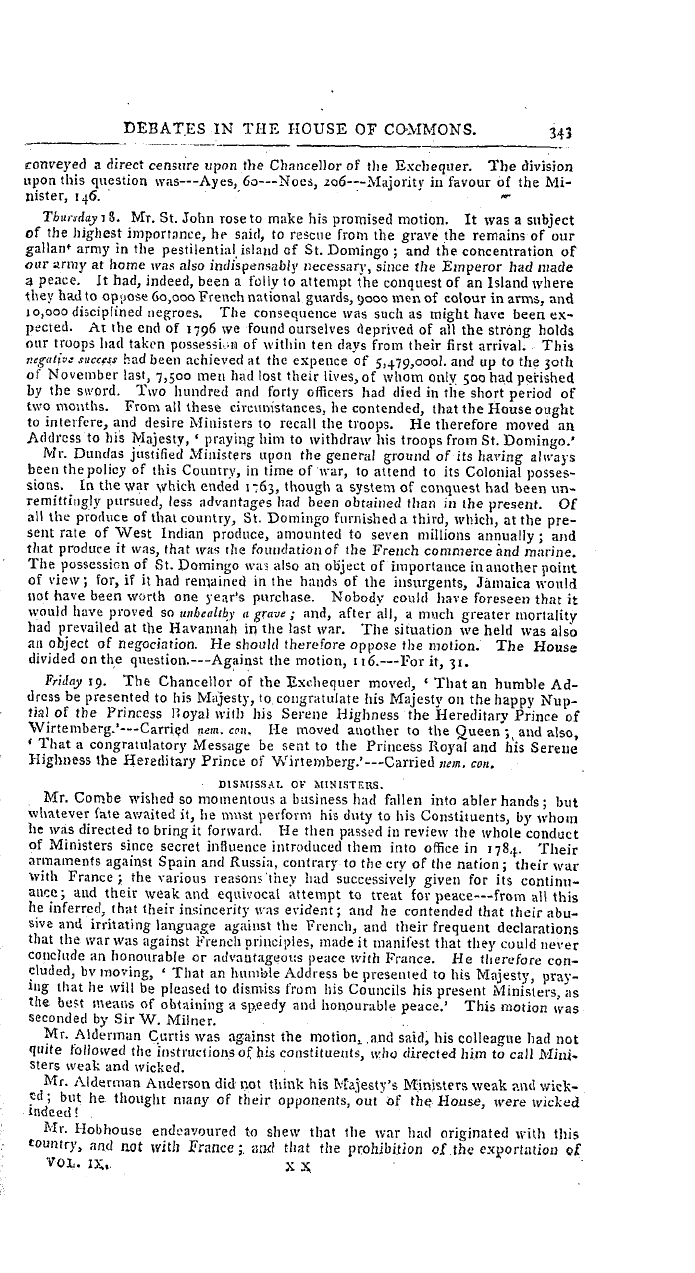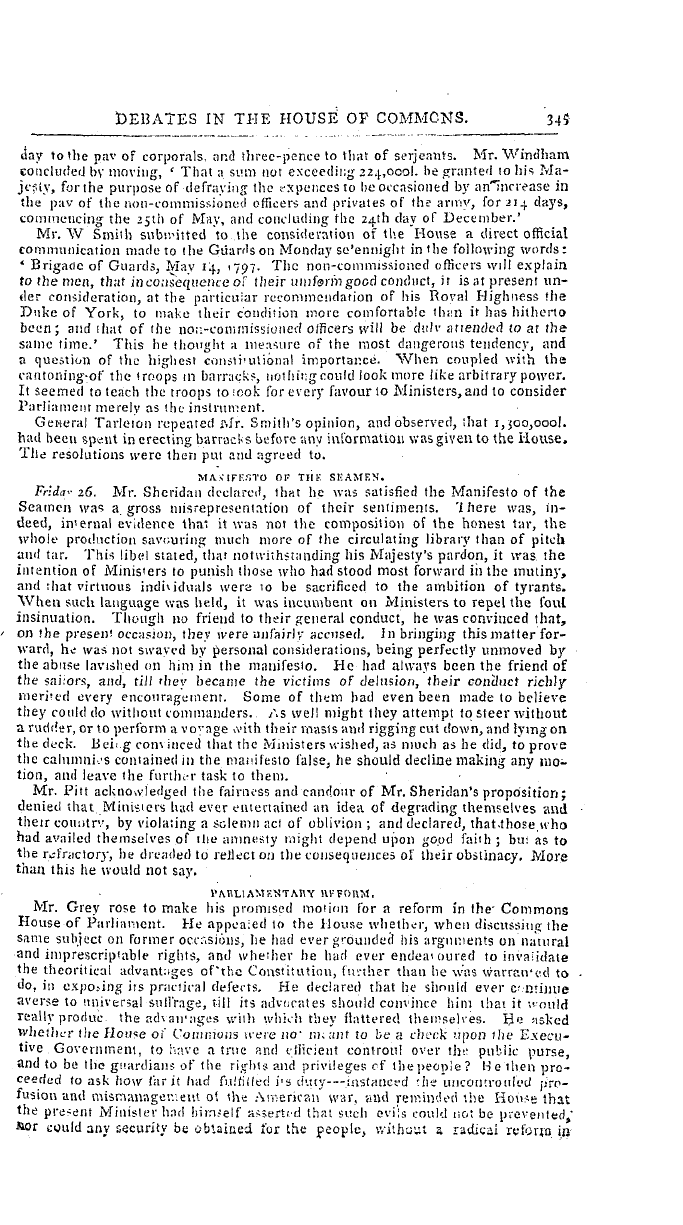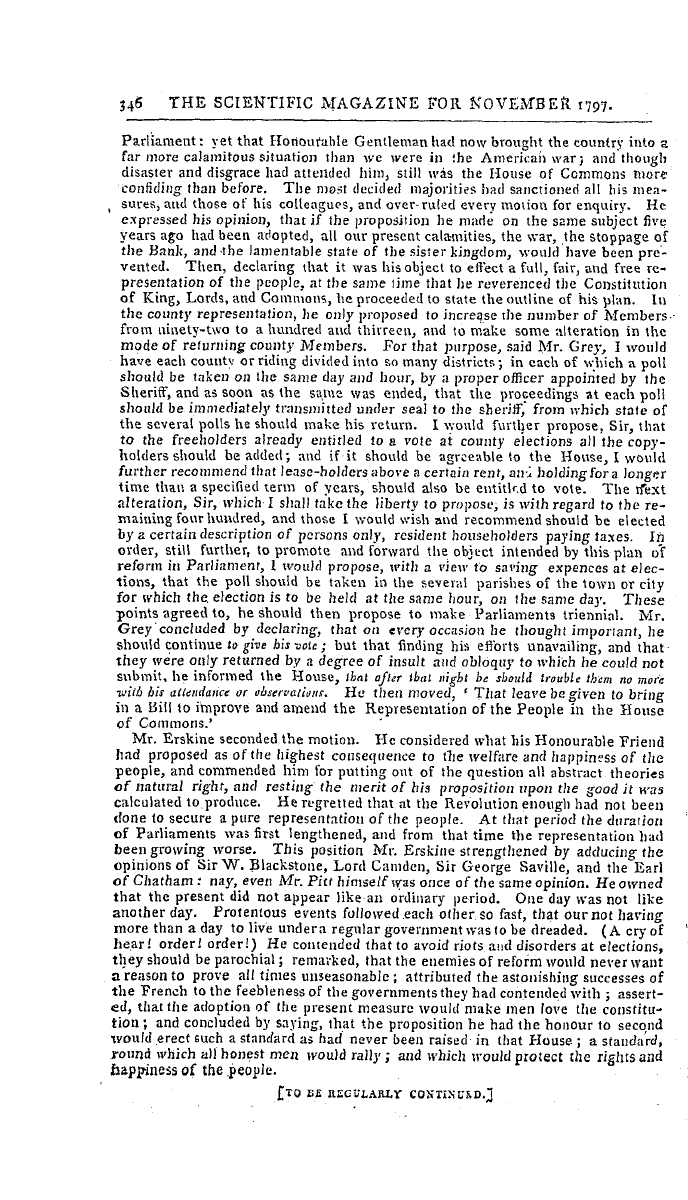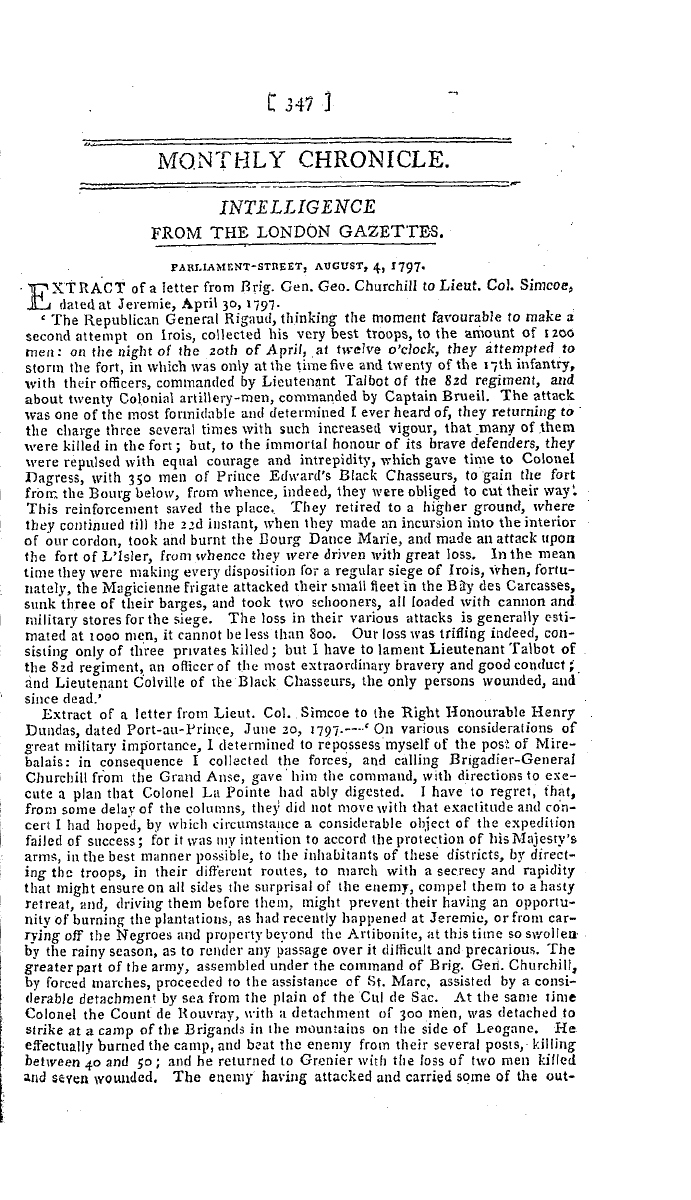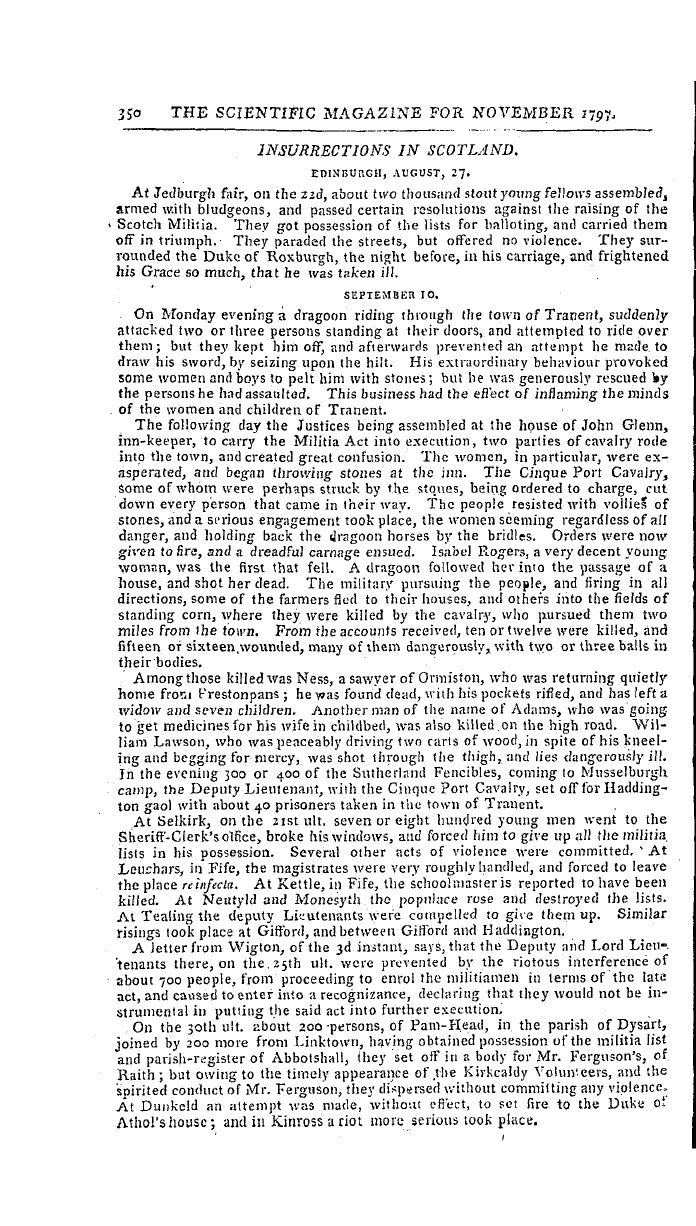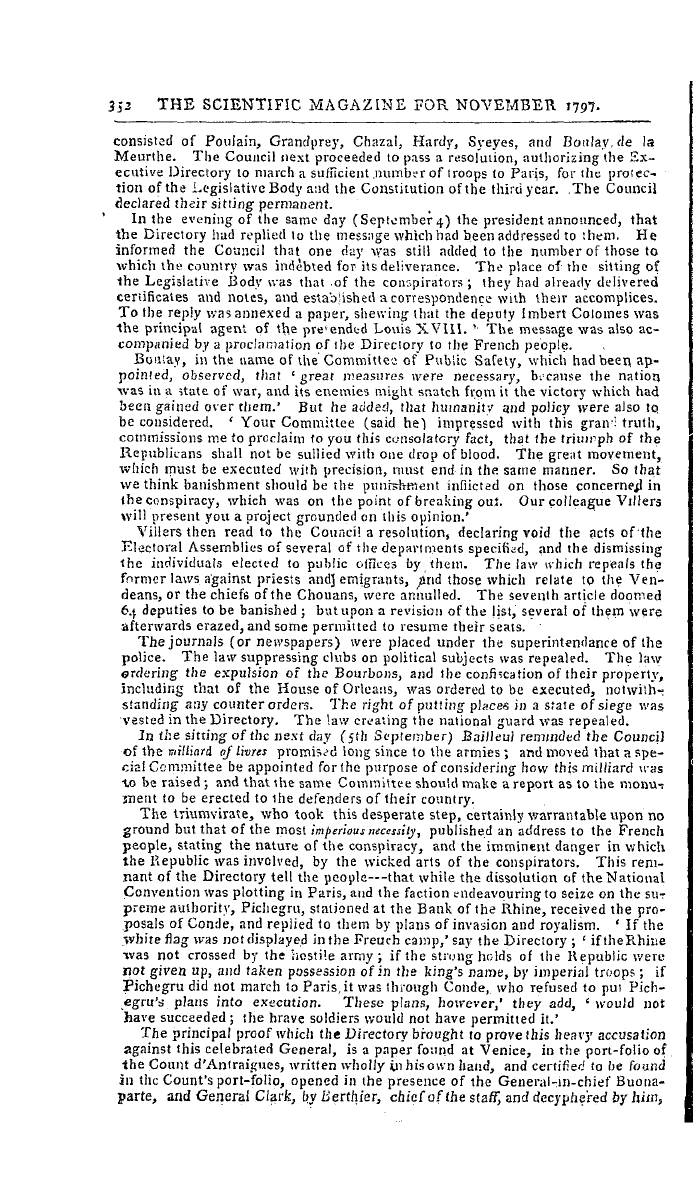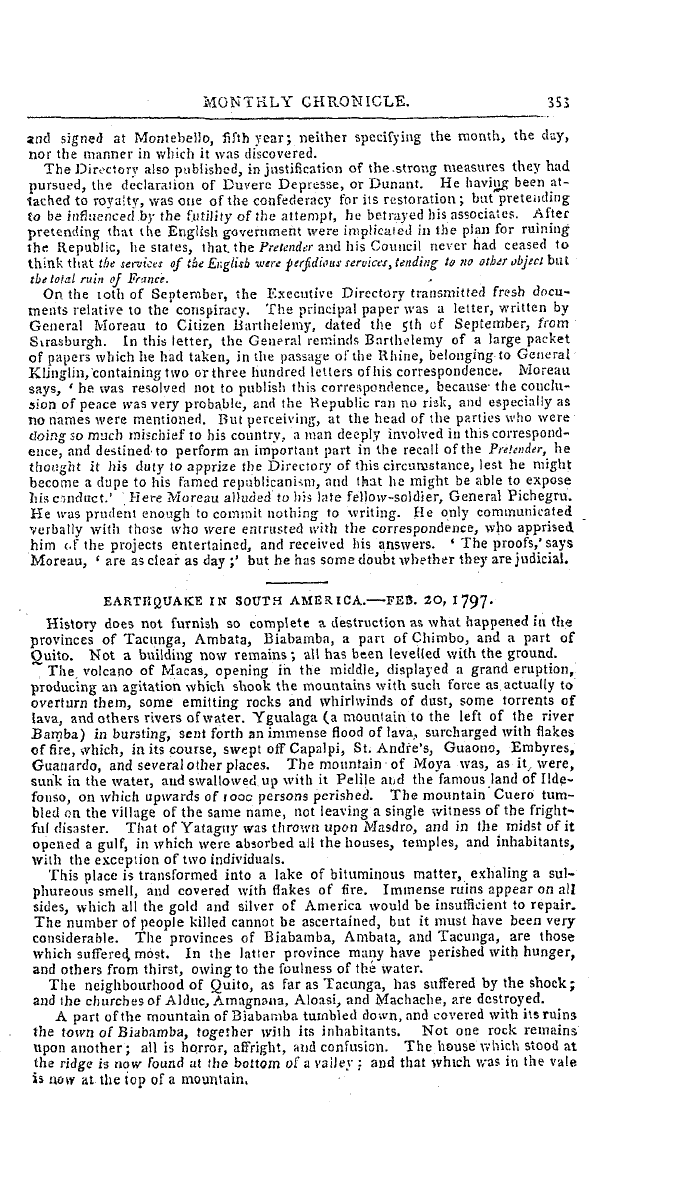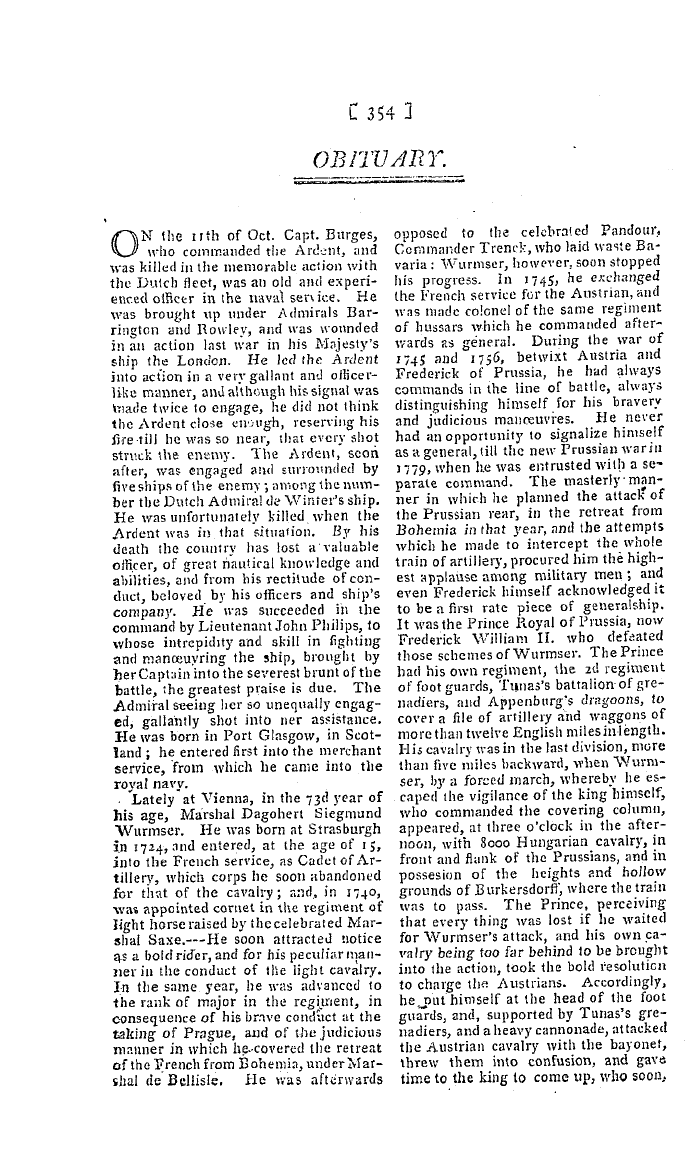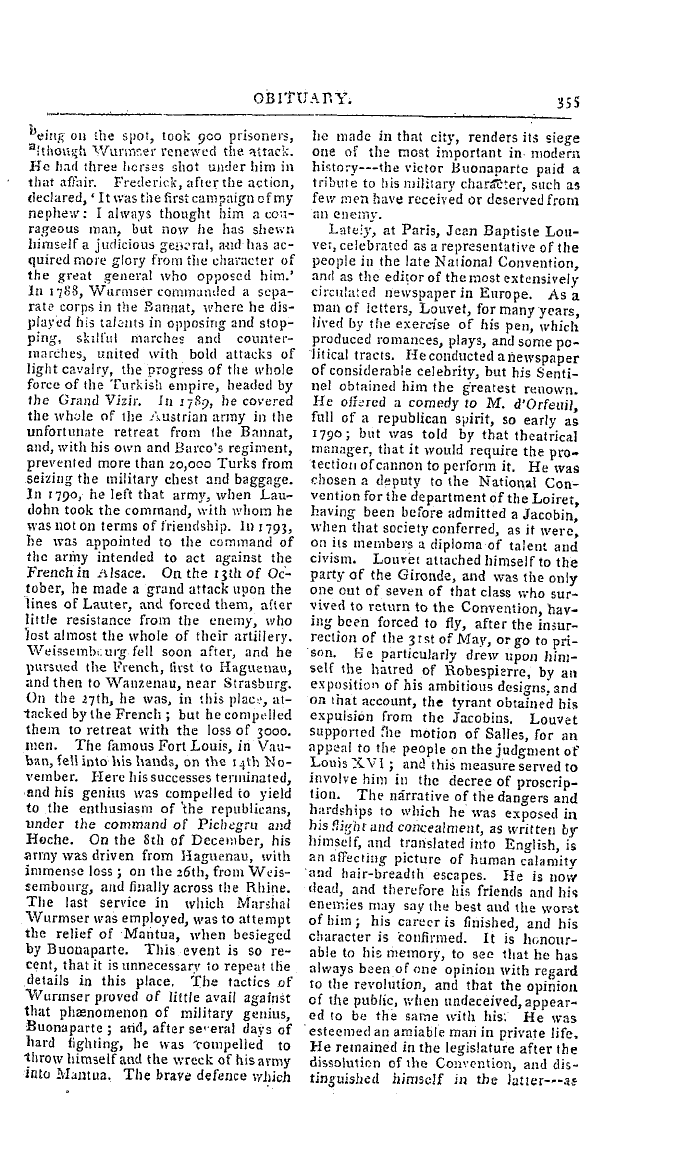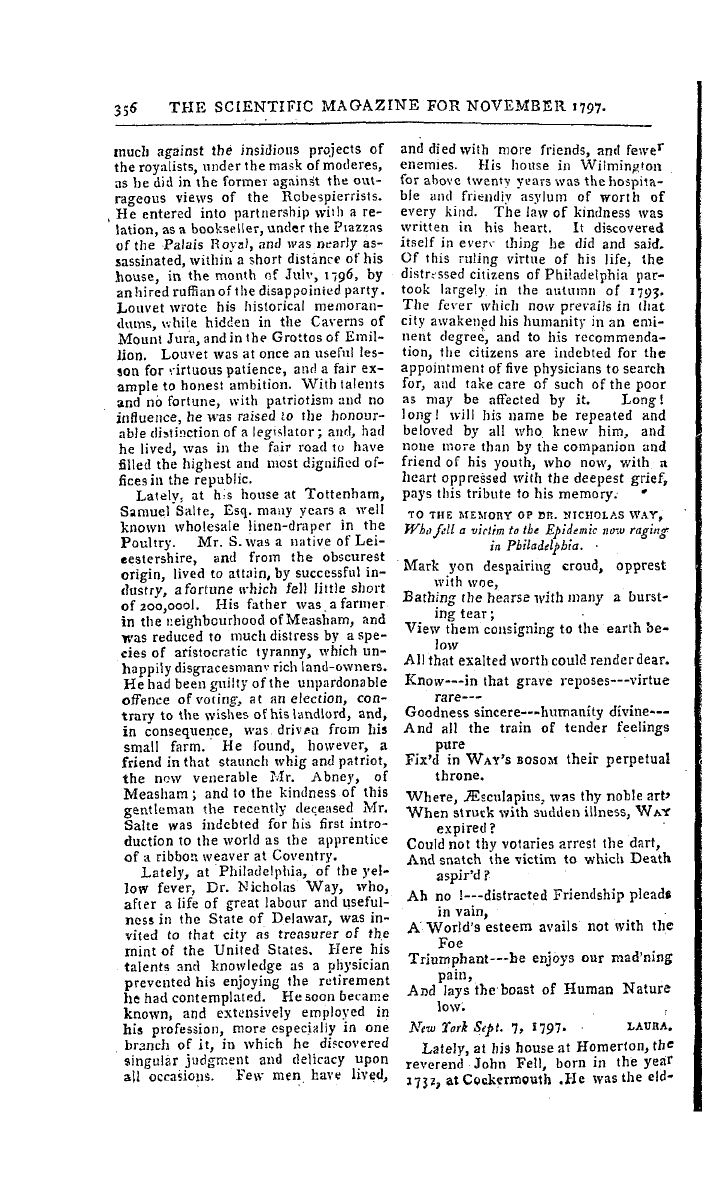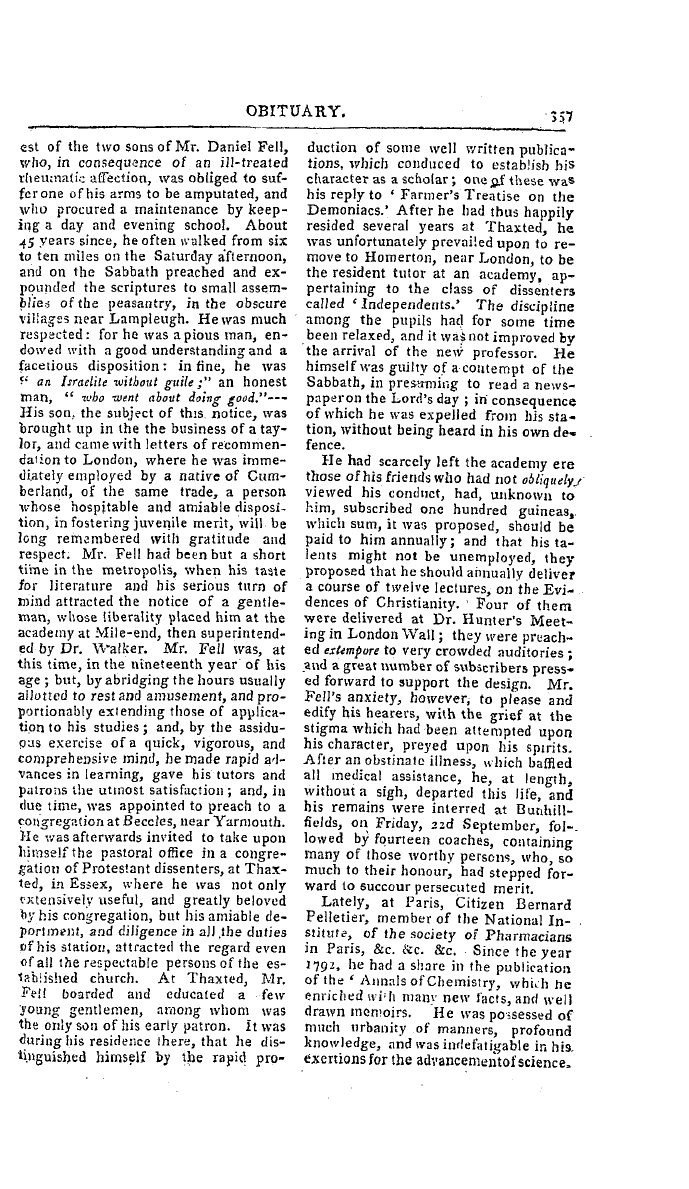-
Articles/Ads
Article REVIEW OF NEW PUBLICATIONS. ← Page 2 of 8 →
Note: This text has been automatically extracted via Optical Character Recognition (OCR) software.
Review Of New Publications.
Some ingenious observations follow on the ori gin of this praff ice ; and the author well remarks , that ' they who recoiled the fashion of slfnder waists in England , and what pains were taken , and sufferings enduied , to excel in that particular , will be somewhat less surprised at extraordinary efforts made in other instances . ^ Delicacy of limbs and person has , no doubt , been always courted by the fair sex , as it has been the admiration of the other ; yet it could not be the extraordinary instance of such in any one lad though in
y , the most exalted rank , according to the popular story throughout China !' that could induce the rest of her sex to put at once such violence upon themselves , in order to resemble her in that respect . The emulation of surpassing in any species of-beauty , must have animated vast numbers of all ranks , and continued , through successive ages , to carry it at last to an excess which defeats , in faft , its intended purpose . Whatever a lady may have gained , by the imagined charms of feet decreased below the size of nature , is more than
counterbalanced by the injury it does to her health and to her figure ; for grace is not in her steps , or animation in her countenance . ' Among other curious objeefs described in this visit to Chu-san , we cannot resist the inclination to copy the following . ' On several tables [ in the hall of audience ] were placed in frames , filled with earth , dwarf-pines , oaks , and orange-trees , bearing fruit . None of them exceeded , in hei ght , two feet . Some of these dwarfs bore all the marks of decay from age ; and upon the surface of the soil were interspersed small heaps of stones , " which , in proportion to the adjoining dwarfs , might be termed rocks . These were
honeycombed , and moss-grown , as if untouched for agesj which served to maintain the illusion , and to give an antique appearance to the whole . This kind of stunted _ vegetation seemed to ' be much relished by the curious in China ; and specimens of it were to be found in every considerable dwelling . To produce them formed a part of the gardener's skill , and was an art invented in that cuntry . Beside the mere merit of overcoming a difficulty , it had that of introducing vegetables into common apartments , from which
their natural size must otherwise have excluded them . According- to the listing course of nature , different vegetable productions . attain their perf ' eft state in different periods , and after acquiring different dimensions , and passing through different stages of growth . Thus the cedar of Lebanon , for example , consumes some years in forming a tall and woody trunk , with many horizontal branches , before it emits its colourless flowers , and small cones , for the purpose of reproduction , which is the period of its perfection ; while
the hyssop , capable , at most , of raising a short herbaceous stem , produces its flowers and seeds the season after it is sown . Some trees are reproduced , indeed , from cuttings of young branches , without the necessity of sowing any seed ; but such cuttings , planted in the ground , must become trunks themselves in the usual period of their respective increase ; and after acquiring their ordinary size , emit new branches , before they become adult , or capable of" frnftification : but by the art of dwarfing , an abscinded branch , committed to the earth , continues still to fructify , as if it had been grafted upon a full grown tree , with its juices ripened for reproduction .
' The general , method of obtaining vegetable dwarfs is said to be the following : a quantity of clay , or mould , is applied to the uppsr part of the trunk of a tree , from which a dwarf is intended to be taken , ' and close to its division into branches . The mould is to be confined to the spot with coarse hempin , or cotton cloth , and to be carefull y kept moist by water . In consequence of this application , continued sometimes above a twelve-month , small , tender fibres shoot down like roots fi om the wood into the mould . The part of the trunk emitting those new fibres , tog .-ther with the branch rising immediately above it , is then to be carefully separated from tlie rest of the
Note: This text has been automatically extracted via Optical Character Recognition (OCR) software.
Review Of New Publications.
Some ingenious observations follow on the ori gin of this praff ice ; and the author well remarks , that ' they who recoiled the fashion of slfnder waists in England , and what pains were taken , and sufferings enduied , to excel in that particular , will be somewhat less surprised at extraordinary efforts made in other instances . ^ Delicacy of limbs and person has , no doubt , been always courted by the fair sex , as it has been the admiration of the other ; yet it could not be the extraordinary instance of such in any one lad though in
y , the most exalted rank , according to the popular story throughout China !' that could induce the rest of her sex to put at once such violence upon themselves , in order to resemble her in that respect . The emulation of surpassing in any species of-beauty , must have animated vast numbers of all ranks , and continued , through successive ages , to carry it at last to an excess which defeats , in faft , its intended purpose . Whatever a lady may have gained , by the imagined charms of feet decreased below the size of nature , is more than
counterbalanced by the injury it does to her health and to her figure ; for grace is not in her steps , or animation in her countenance . ' Among other curious objeefs described in this visit to Chu-san , we cannot resist the inclination to copy the following . ' On several tables [ in the hall of audience ] were placed in frames , filled with earth , dwarf-pines , oaks , and orange-trees , bearing fruit . None of them exceeded , in hei ght , two feet . Some of these dwarfs bore all the marks of decay from age ; and upon the surface of the soil were interspersed small heaps of stones , " which , in proportion to the adjoining dwarfs , might be termed rocks . These were
honeycombed , and moss-grown , as if untouched for agesj which served to maintain the illusion , and to give an antique appearance to the whole . This kind of stunted _ vegetation seemed to ' be much relished by the curious in China ; and specimens of it were to be found in every considerable dwelling . To produce them formed a part of the gardener's skill , and was an art invented in that cuntry . Beside the mere merit of overcoming a difficulty , it had that of introducing vegetables into common apartments , from which
their natural size must otherwise have excluded them . According- to the listing course of nature , different vegetable productions . attain their perf ' eft state in different periods , and after acquiring different dimensions , and passing through different stages of growth . Thus the cedar of Lebanon , for example , consumes some years in forming a tall and woody trunk , with many horizontal branches , before it emits its colourless flowers , and small cones , for the purpose of reproduction , which is the period of its perfection ; while
the hyssop , capable , at most , of raising a short herbaceous stem , produces its flowers and seeds the season after it is sown . Some trees are reproduced , indeed , from cuttings of young branches , without the necessity of sowing any seed ; but such cuttings , planted in the ground , must become trunks themselves in the usual period of their respective increase ; and after acquiring their ordinary size , emit new branches , before they become adult , or capable of" frnftification : but by the art of dwarfing , an abscinded branch , committed to the earth , continues still to fructify , as if it had been grafted upon a full grown tree , with its juices ripened for reproduction .
' The general , method of obtaining vegetable dwarfs is said to be the following : a quantity of clay , or mould , is applied to the uppsr part of the trunk of a tree , from which a dwarf is intended to be taken , ' and close to its division into branches . The mould is to be confined to the spot with coarse hempin , or cotton cloth , and to be carefull y kept moist by water . In consequence of this application , continued sometimes above a twelve-month , small , tender fibres shoot down like roots fi om the wood into the mould . The part of the trunk emitting those new fibres , tog .-ther with the branch rising immediately above it , is then to be carefully separated from tlie rest of the










































